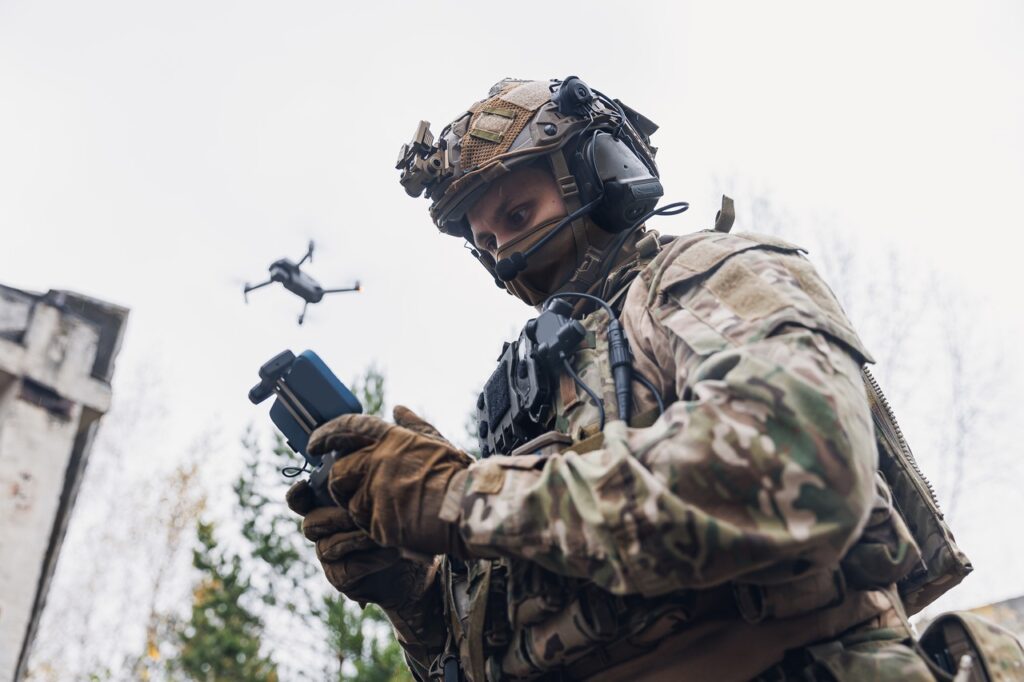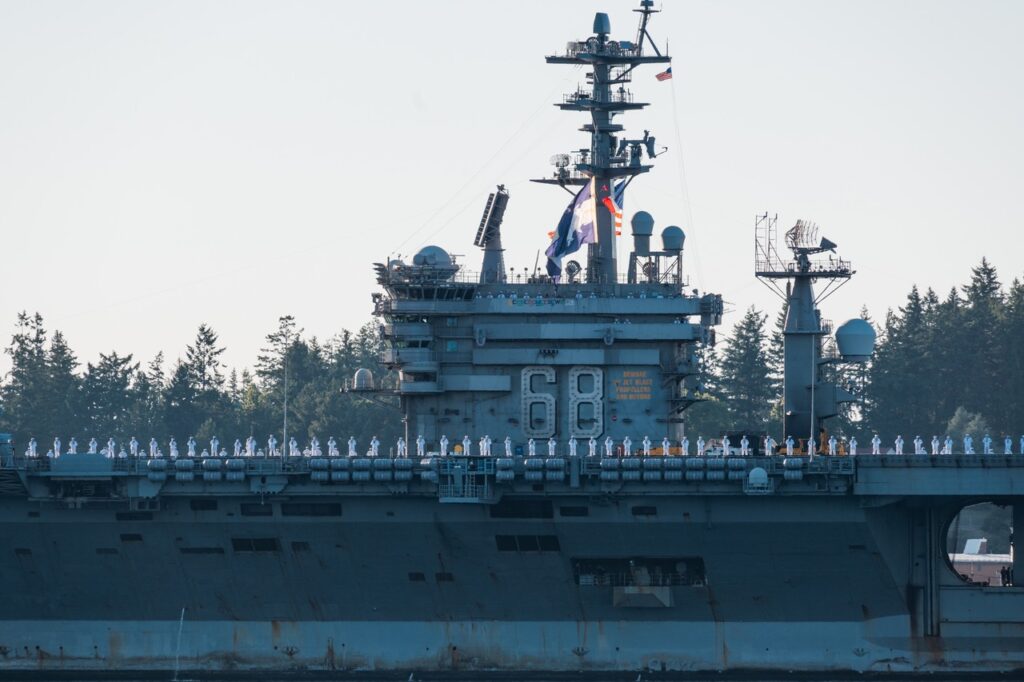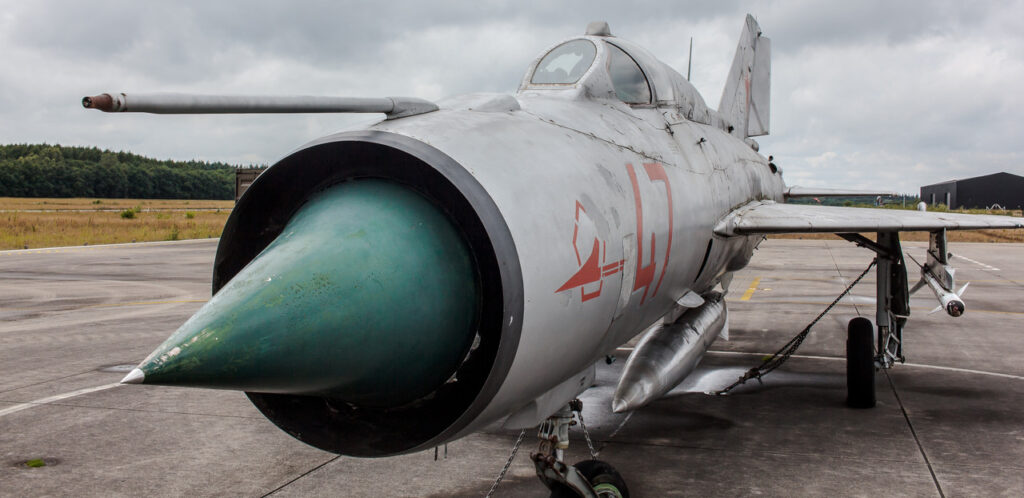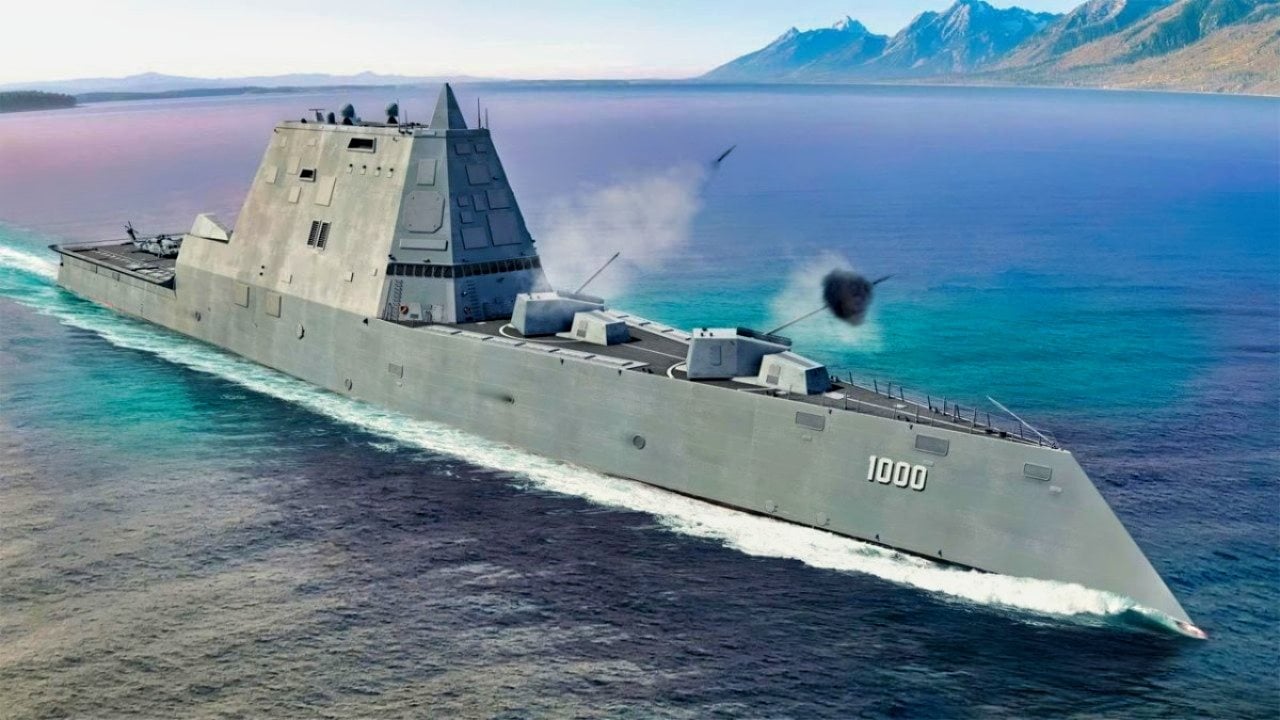
The U.S. Navy’s Zumwalt-Class Comeback Comes Down to 2 Words: Hypersonic Missiles
Summary: The USS Zumwalt (DDG-1000) is undergoing significant modernization, with its 155mm advanced gun system (AGS) removed to integrate Conventional Prompt Strike (CPS) hypersonic missiles. The updated design will feature four Multiple All-Up Round Canisters (MACs), each carrying three CPS missiles, enhancing the destroyer’s strike capabilities.
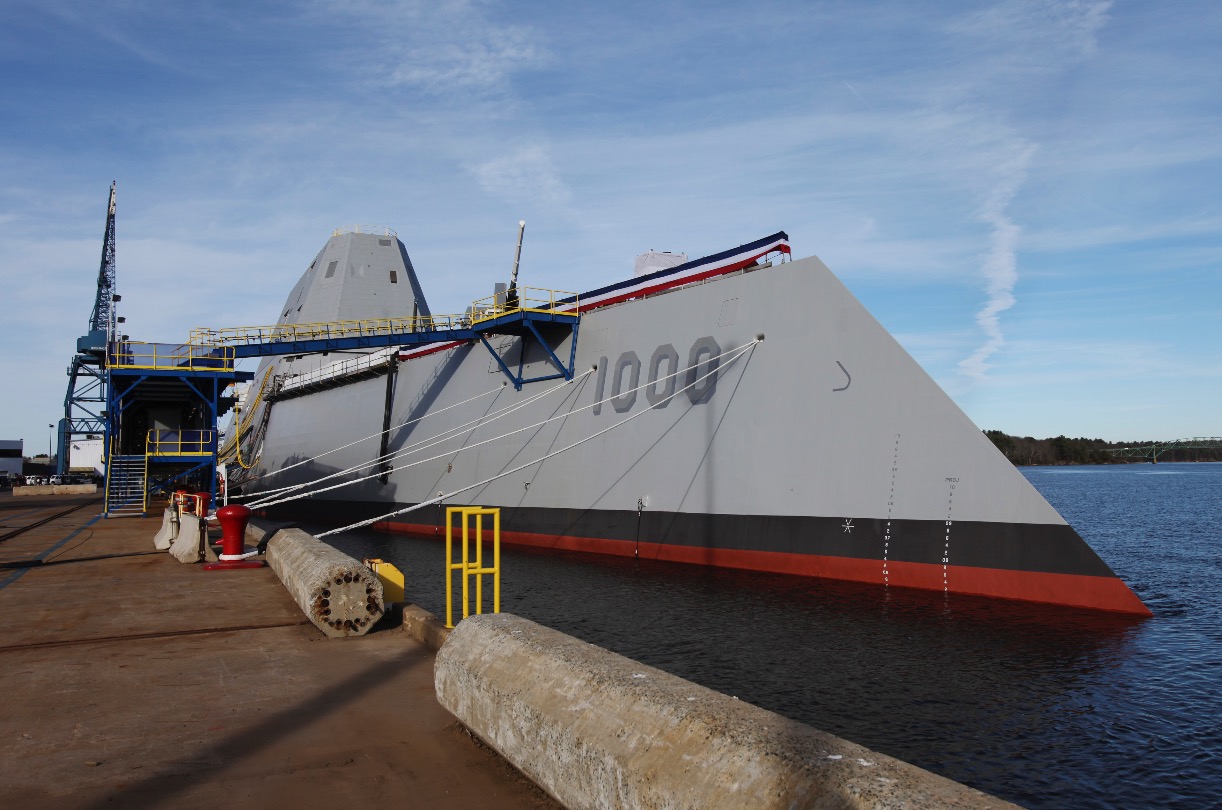
Key Points:
-This modernization follows previous issues with the AGS, including the exorbitant cost of precision-guided shells.
-The retrofit will also include a Large Missile Vertical Launch System, with completion expected by June 2025. The USS Michael Monsoor (DDG-1001) will follow for similar upgrades. These changes aim to improve the Zumwalt-class destroyers’ long-range strike capabilities.
USS Zumwalt’s Major Overhaul: Hypersonic Missiles Replace Advanced Guns
Last summer the United States Navy’s USS Zumwalt (DDG-1000) arrived at HII’s Ingalls Shipbuilding in Pascagoula, Mississippi, where the guided-missile destroyer would be stripped of its 155mm advanced gun system (AGS) beginning the process of its Conventional Prompt Strike (CPS) integration.
This week, NavalNews.com first reported that the AGS has been removed from the ship, highlighting that efforts are underway on the modernization of the vessel. When the work is completed, USS Zumwalt will be outfitted with four Multiple All-Up Round Canisters (MACs) carrying three CPS missiles each, adding to a total of twelve hypersonic boost-glide missiles. According to the report, the aft AGS will be removed at a later date, yet, it remains unclear what will be put in its place.
However, the vessel will also receive a Large Missile Vertical Launch Systems, with the work on track to be completed by June 2025. After work is completed on DDG-1000, the USS Michael Monsoor (DDG-1001) will then enter Drydocking Selected Restricted Availability (DSRA) for its modernization and refit to receive CPS launch canisters.
Fixing the Zumalt-class
Designed as a new class of multi-mission stealth warships with a focus on land attacks, the sleek Zumwalt-class guided-missile destroyers were meant to be able to take on secondary roles including surface and anti-aircraft warfare. The vessels were developed with a state-of-the-art electric propulsion system, wave-piercing tumblehome hull, stealth design, and the latest war-fighting technology and weaponry.
Designated as destroyers, the Zumwalt-class was designed to be larger than any active destroyer or even cruiser in service, but it was meant to meet the congressional mandate for a warship that has the naval fire support of a battleship. The new vessels were also developed to be capable of performing a range of deterrence, power projection, sea control, and command and control missions – and were designed to operate in both the open ocean and near-shore environments.
The streamlined, wave-piercing tumblehome hull has a “knife-like profile,” which provides the 600-foot-long warship class with the radar signature of a fishing boat. And despite concerns over the stability of the hull, when it was tested in January 2020 off the coast of Alaska the lead vessel of the class, USS Zumwalt (DDG-1000), handled rough waters as well – perhaps even better – as previous classes of destroyers.
However, questions were also asked whether the ship packed in too much new technology. Looking like something out of science fiction, the warships were truly state-of-the-art and cutting-edge, but history has shown that new designs can be problematic.
A 2016 article in The National Review even described the vessel as “an unmitigated disaster,” after the $4 billion lead vessel broke down while passing through the Panama Canal just a month after it was commissioned.
It was a portent of the larger problems that soon became clear for the Zumwalt -class.
The entire program also faced multiple delays and cost overruns, even as the U.S. Navy called the delivery of the warship a “major milestone.” It had originally planned to buy more than two dozen of the larger stealth destroyers, but that number was reduced to just three as costs ballooned and questions came up over what its role would actually be.
Gunning for Trouble
At issue is exactly how the warships could accomplish their primary mission of land attacks. As a new generation of warships, the Zumwalt-class was designed to be fitted with two 155mm Advanced Gun Systems (AGS), which were developed to capable of engaging targets with precision-guided shells at a range of up to 60 miles. In wartime, the destroyers could use such an ability to engage targets from close to shore to create a path for an amphibious landing.
The problem is that the Long Range Land Attack Projectile, the precision-guided shell to be used in the AGS, ballooned in price from $50,000 to $800,000 for each round – making it simply too expensive to fire.
Hypersonic Solution
In 2022, the U.S. Navy announced that the Navy Strategic Systems Programs had awarded a $22.8 million contract to Lockheed Martin Space Systems to integrate hypersonic weapons aboard the three Zumwalt-class destroyers. The defense contractor was to provide missile production long-lead materials, program management, and system engineering for the Navy Conventional Prompt Strike Weapon System Platform-Specific Development and Production project.
In addition, the two massive 155mm Advanced Gun Systems aboard the trio of destroyers – which include DDG-1000, the USS Michael Monsoor (DDG-1001), and the USS Lyndon B. Johnson (DDG-1002) – will be completely removed.
It will require significant modification to the three destroyers – but it has been argued that the CPS concept could extend the long-range strike capability for the U.S. Navy, as the hypersonic missiles would be able to strike nearly any target in the world in less than an hour. The focus would remain on attacking high-value or fleet targets with the extremely fast hypersonic weapons, which can fly faster than five times the speed of sound.
Once updated, the Zumwalt-class destroyers will reportedly be capable of performing a range of deterrence, power projection, sea control, and command and control missions while allowing the U.S. Navy to evolve with new systems and missions.
At least that’s the current plan.
Zumwalt-Class Photos
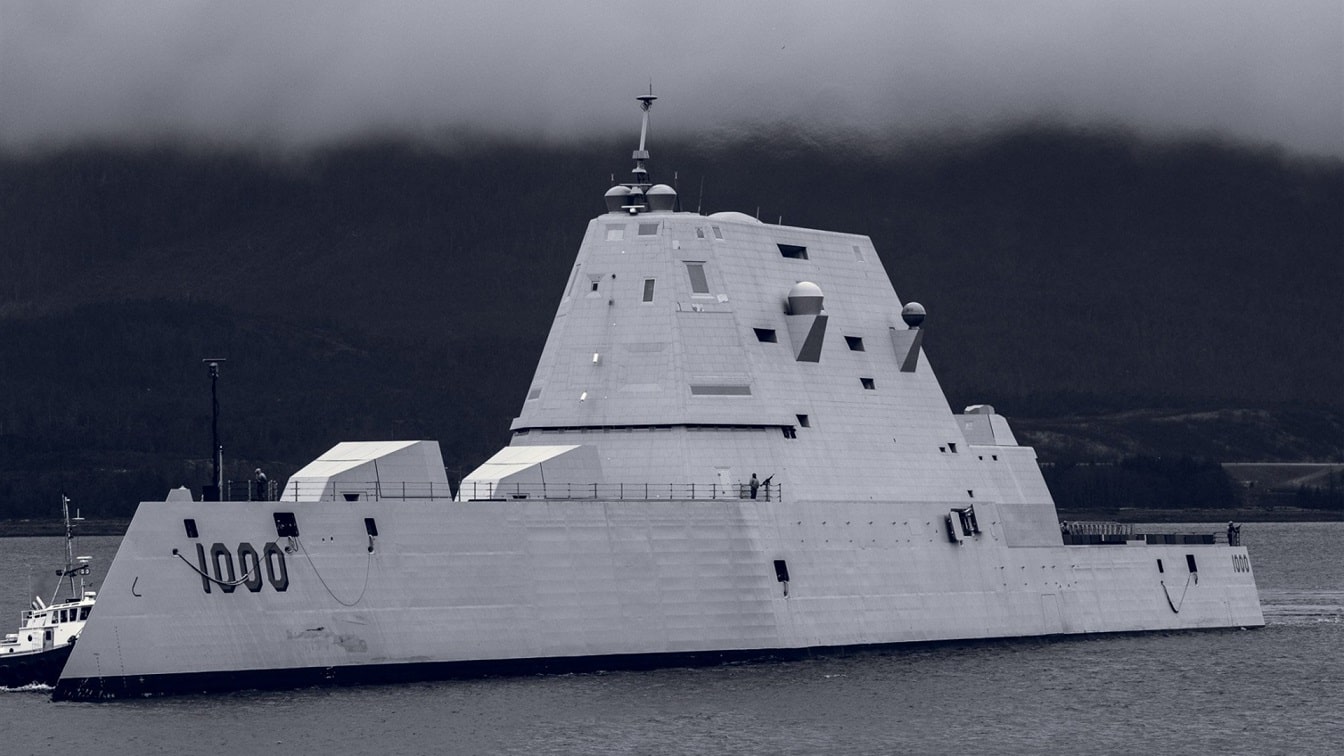
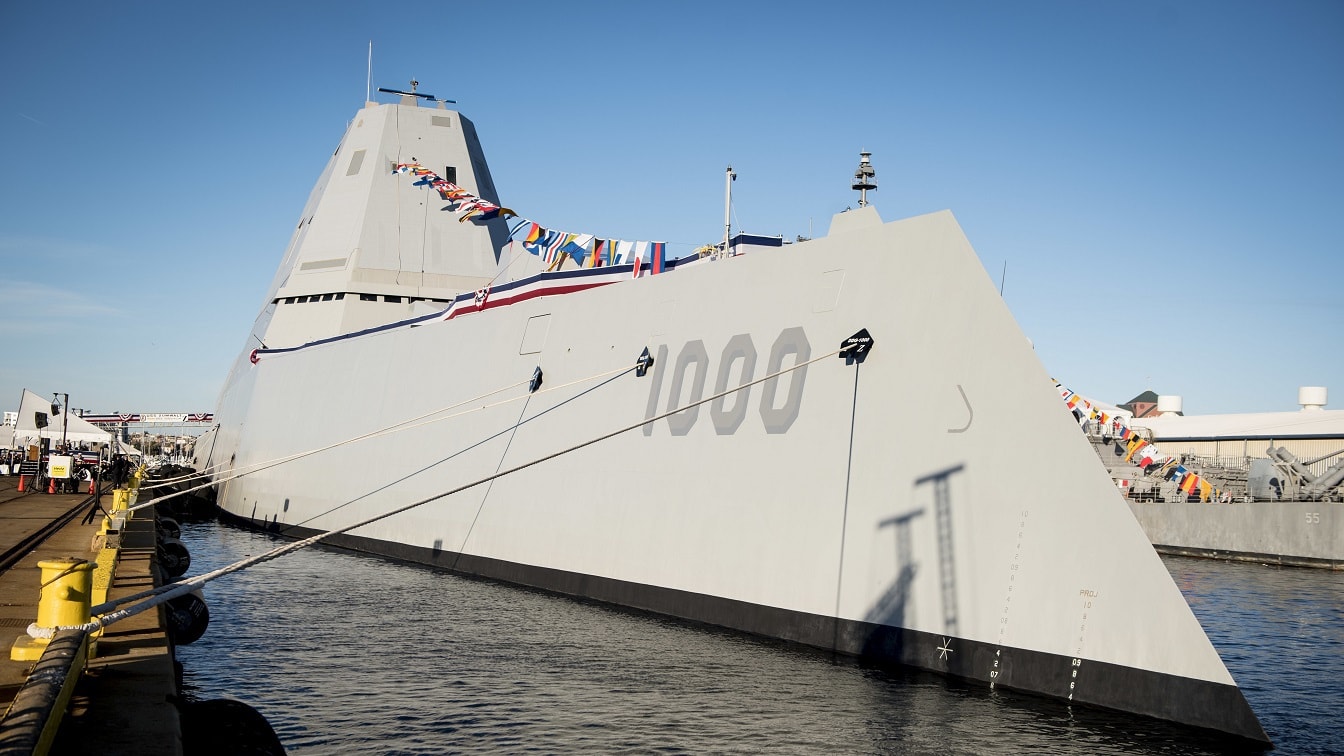
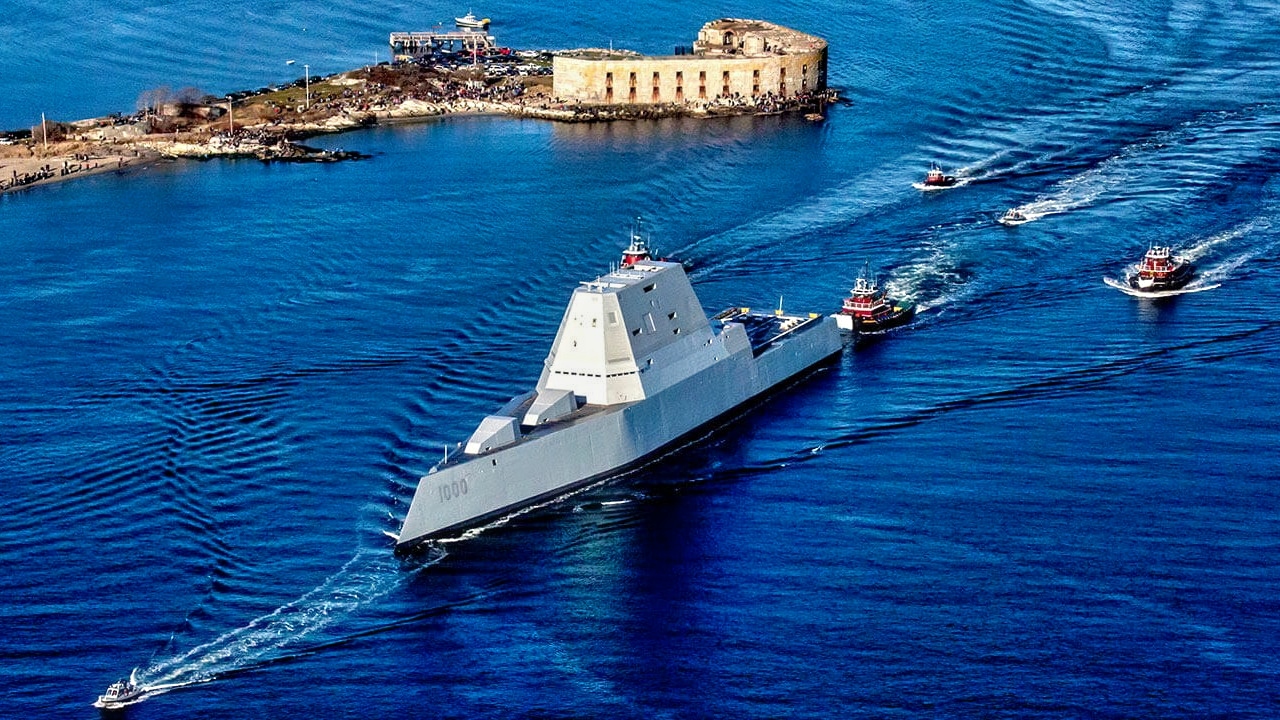
Author Experience and Expertise: Peter Suciu
Peter Suciu is a Michigan-based writer. He has contributed to more than four dozen magazines, newspapers, and websites with over 3,200 published pieces over a twenty-year career in journalism. He regularly writes about military hardware, firearms history, cybersecurity, politics, and international affairs. Peter is also a Contributing Writer for Forbes and Clearance Jobs. You can follow him on Twitter: @PeterSuciu. You can email the author: [email protected].
